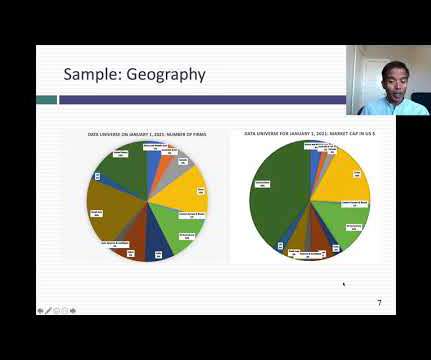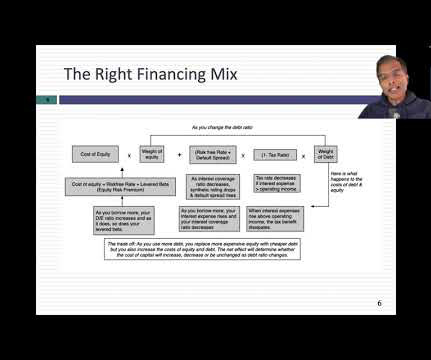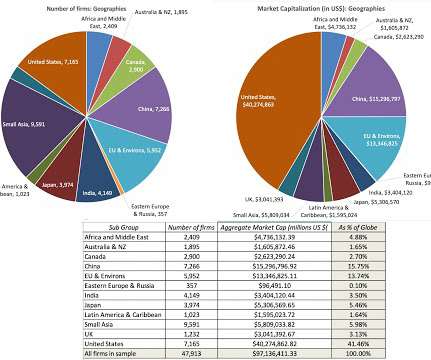Data Update 1 for 2021: A (Data) Look Back at a Most Forgettable Year (2020)!
Musings on Markets
JANUARY 9, 2021
I spent the first week of 2021 in the same way that I have spent the first week of every year since 1995, collecting data on publicly traded companies and analyzing how they navigated the cross currents of the prior year, both in operating and market value terms.












Let's personalize your content